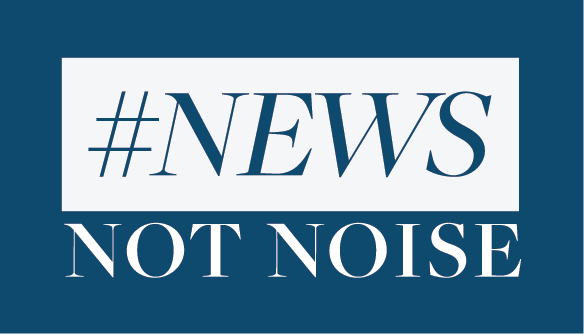An FDA advisory panel overwhelmingly voted to recommend the new Moderna COVID-19 vaccine for emergency use, setting up imminent approval by the FDA. This comes a week after the same panel recommended Pfizer-BioNTech’s vaccine. If we see a similar timeline, approval is likely to come Friday with distribution immediately to follow.
Moderna’s vaccine shows more than 90% efficacy, but it’s more likely to induce side effects than the Pfizer-BioNTech shots. The company requested approval for use in people 18 and older and distribution to volunteers who received a placebo in its vaccine clinical trials.
Across the country, health care workers are expressing relief as vaccines arrive and vaccinations begin amid the worst rise in COVID-19 infections since the outbreak began.
In New York City, 5,200 health-care workers have received the vaccine. New York Mayor Bill de Blasio expects a “slow and steady ramp-up ... then you’re going to see a takeoff. We have, so far in New York City, 42,900 doses [that] have arrived.”
Some unexpected good news, the FDA has okayed hospitals and pharmacies to use the “overfill” in vaccine shipments. Initial FDA guidance instructed pharmacists to pull 5 doses out of each vaccine vial; but there was enough to administer 6 or 7 shots. This meant some pharmacists were throwing away 40% of the available vaccine. The new guidance amounts to a welcome boost in supply, as the US negotiates purchase of more doses of the Pfizer-BioNTech vaccine and more vaccines come online.
The Secretary for the Department of Health and Human services advised Americans not to worry about reports of a new COVID-19 strain in the UK. He told CNBC’s Squawk Box, “We’ve got no indication of any type of drift of the virus or mutation of the virus that would impact vaccine or therapeutic strategies at this point.”
In Washington, D.C., Congress is working to break a 9-month logjam and get desperately needed Covid-19 relief passed before returning home to face constituents. Both sides finally found common ground on both direct relief and business and government support as a growing number of Americans facing dire economic circumstances.
Among the last minute negotiations: how to provide for Americans facing eviction; who should receive direct cash payments; aid to theaters and live venues called “Save our Stages;” efforts to limit the power of the Fed; increased funds to states; and the structure of FEMA money for states and cities.
All this comes as a study by the Universitiy of Chicago and the University of Notre Dame reports that 7.8 million Americans have fallen into poverty since June.
Congress aims to approve the stimulus – and fund the government through the next fiscal year – before they head home for the holidays.




